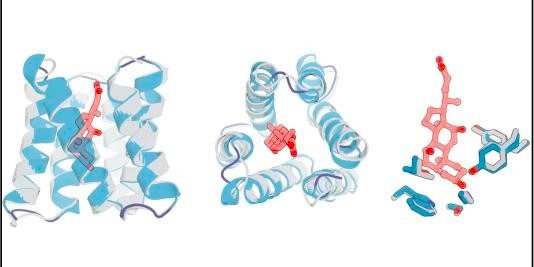From growth hormones to cancer drugs, small molecules play a crucial role in our health. Monitoring them is essential to keeping us healthy; it enables physicians to calculate dosages and patients to monitor their medical conditions at home, for example.
Monitoring small molecules depends on sensing where they are and in what concentrations. While scientists have developed sensors to detect some small molecules, these sensors are used primarily in research and drug discovery and can only detect a limited range of molecules with particular qualities. There is a compelling need for sensors that can detect and signal the presence of diverse small molecules of different shapes, sizes, flexibility, and polarity.
Using artificial intelligence (AI), a team of scientists led by Nobel Prize winner David Baker at the University of Washington has created a computational method for generating proteins that bind and signal a wide range of small molecules with great effectiveness. Baker won the 2024 Nobel Prize in Chemistry for computational protein design.


